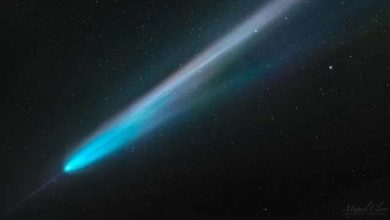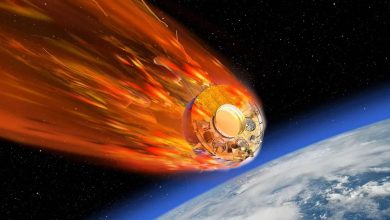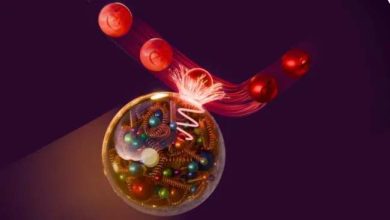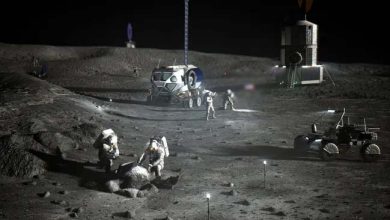Students: Confirmation of predictions about atmospheric gravity waves
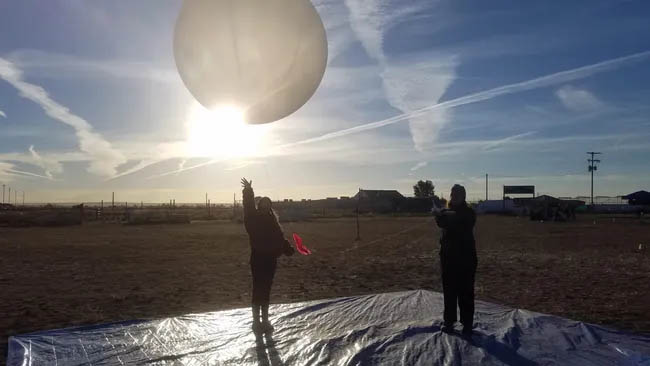
Science: Measurements made by college students during last year’s “ring of fire” solar eclipse have confirmed a long-standing prediction about mysterious gravitational waves in Earth’s atmosphere. The students confirmed the prediction by identifying a signature of the waves in data obtained from the NASA-sponsored Nationwide Eclipse Balloon Project (NEBP) during the annular solar eclipse on October 14, 2023.
New Mexico was the ideal location to connect the dots between the solar eclipse and the formation of atmospheric gravity waves — waves that occur in Earth’s atmosphere. (These should not be confused with gravitational waves, which are ripples in space-time first proposed by Albert Einstein.) “New Mexico looked particularly promising,” Ji Gong, a researcher in the Climate and Radiation Laboratory at NASA’s Goddard Space Flight Center in Greenbelt, Maryland, and co-investigator of the research on atmospheric gravity waves, said in a statement. “Most sources of atmospheric gravity waves are convection, weather systems and mountains. We wanted to eliminate all of those possible sources.”
Starting the day before the eclipse, teams worked in shifts to release a balloon every 15 minutes. Instruments on each balloon measured temperature, humidity, wind direction and speed, and location in different levels of Earth’s atmosphere. After months of closely studying the information, the teams identified a pattern indicating that atmospheric gravity waves had been generated. “We put all the data together over time, and when we plotted that time series, I could already see the bars in the signal,” Gong said. “I bombarded everyone with emails. We were quite excited.”

